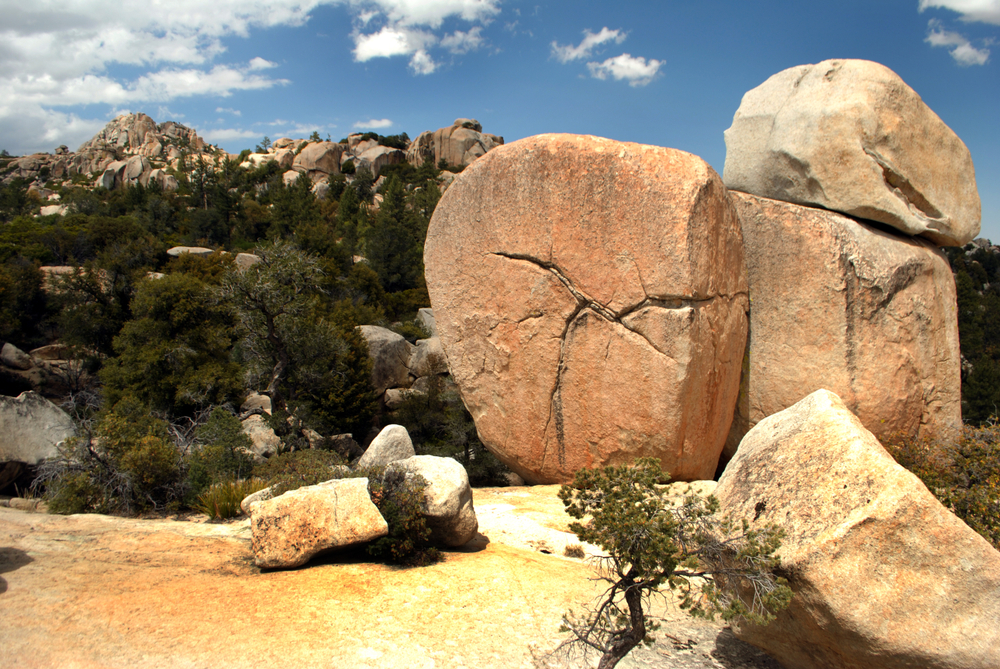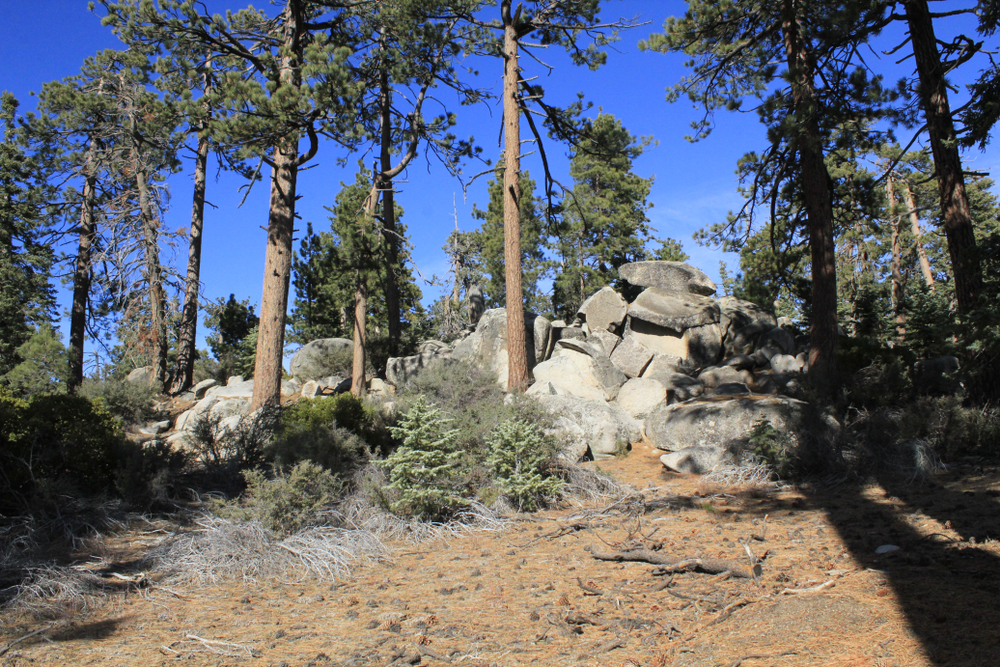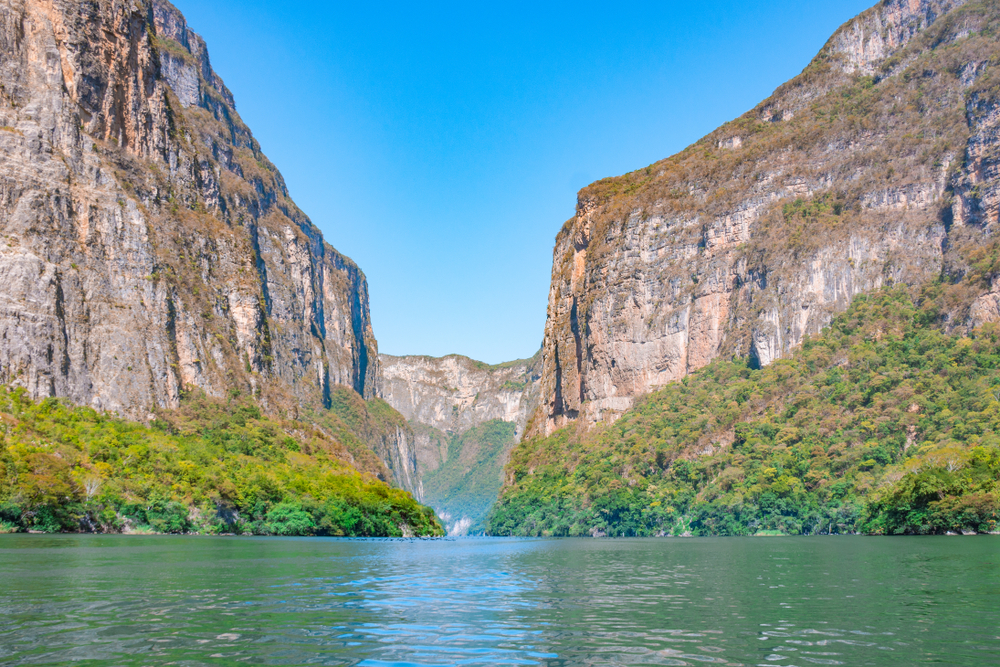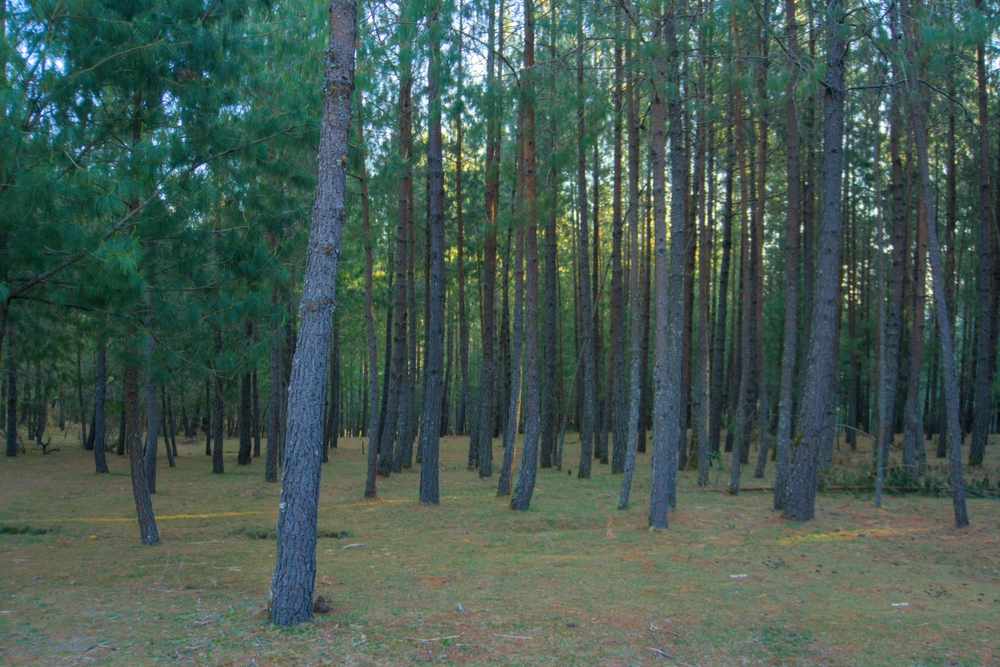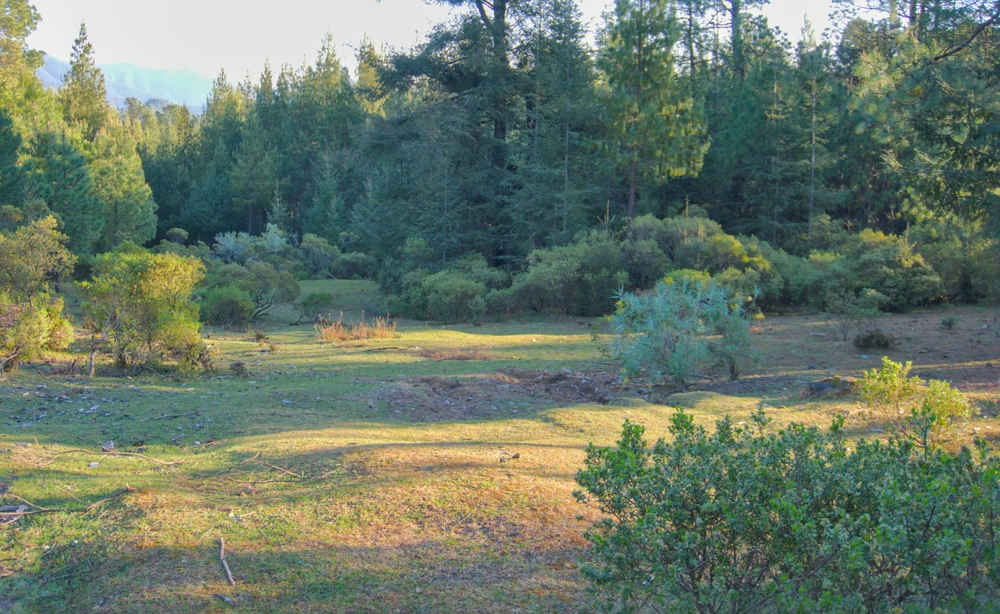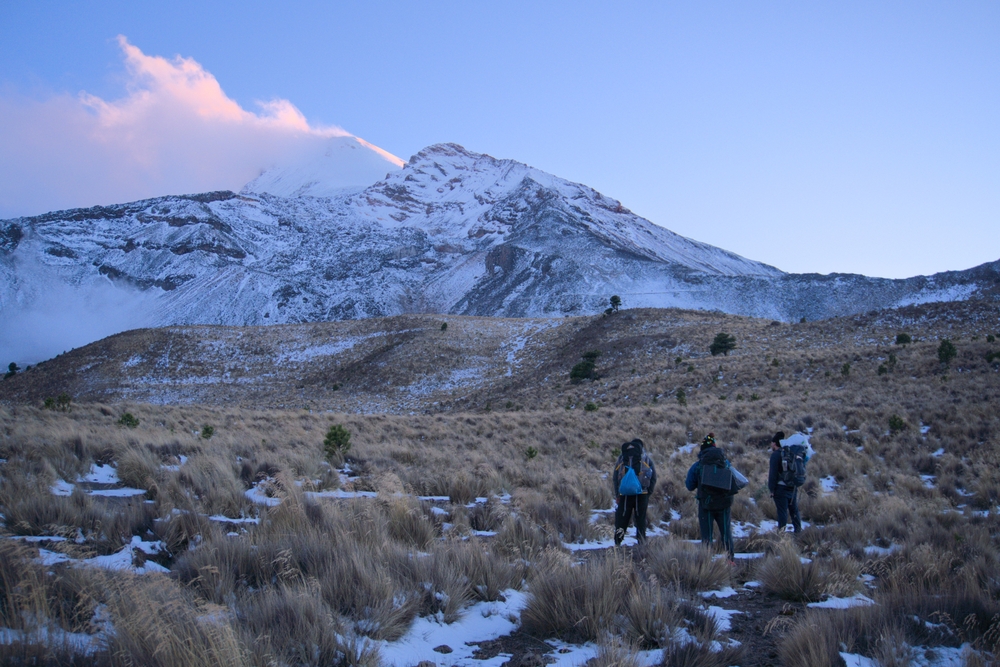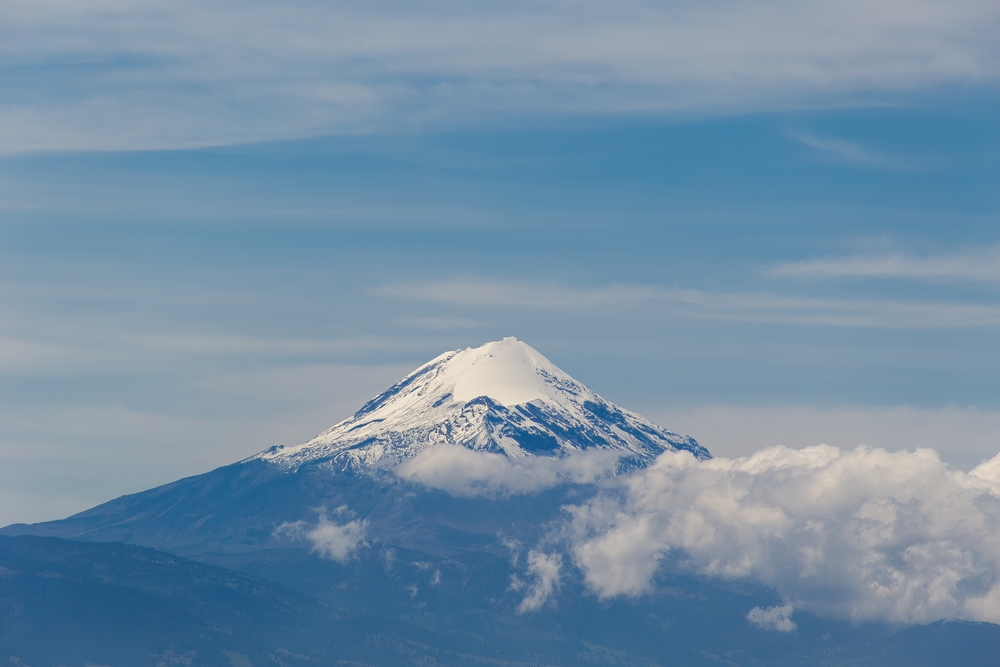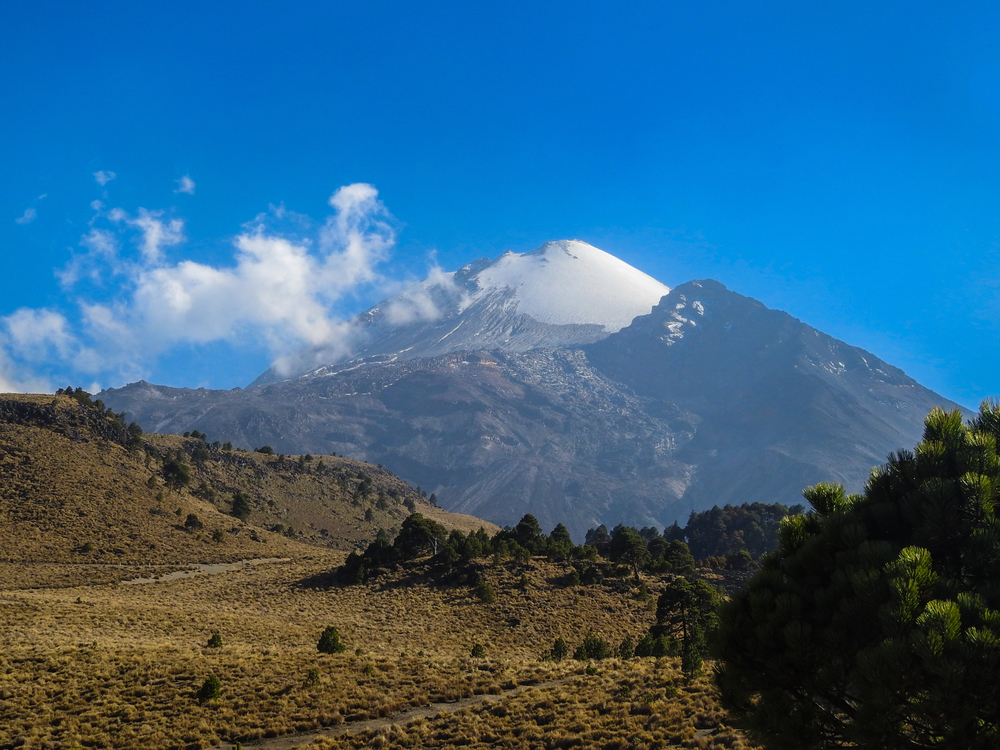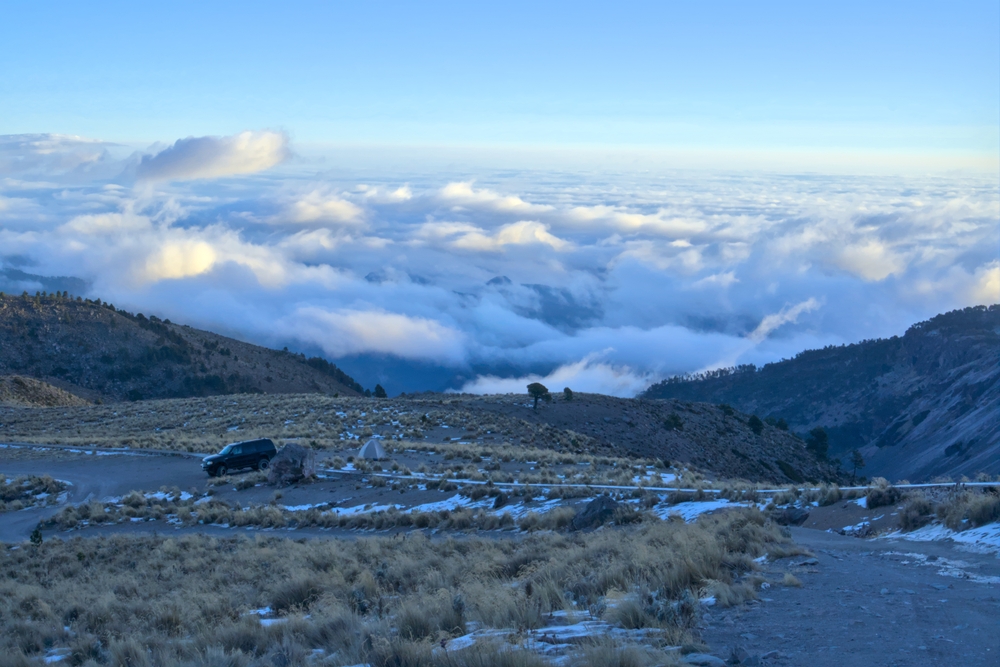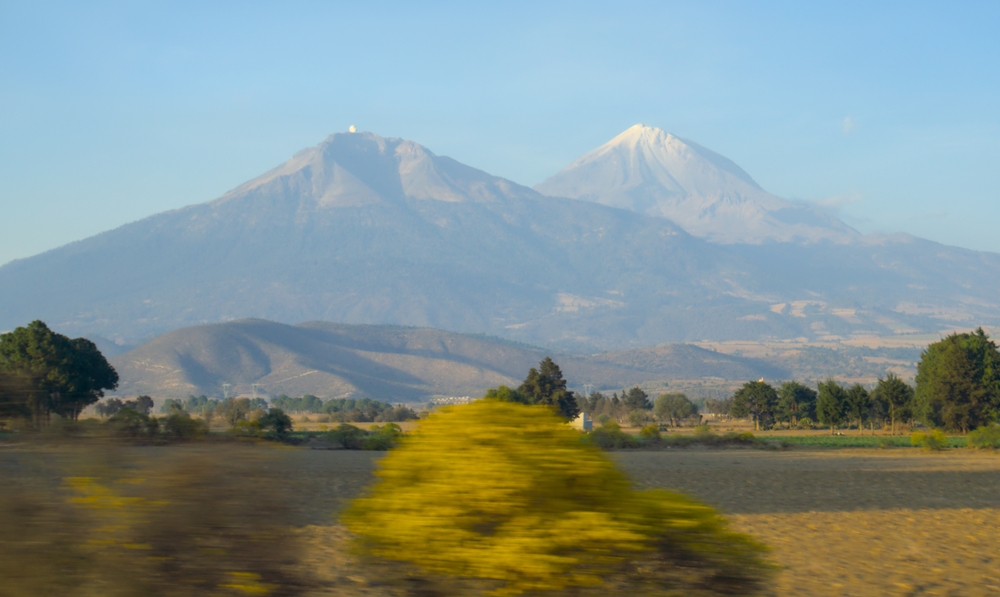Pico de Orizaba Overview
Pico de Orizaba National Park (in Spanish: Parque Nacional Pico de Orizaba) is located in central Mexico, straddling the states of Puebla and Veracruz. The park was established in 1936 and covers approximately 193 square miles (around 500 square kilometers). It is named after Pico de Orizaba, the highest peak in Mexico and the third highest in North America, standing at an impressive 18,491 feet (5,636 meters). This dormant stratovolcano, also known as Citlaltépetl, is the centerpiece of the park and offers a breathtaking landscape for adventure seekers and nature enthusiasts alike.
The park’s landscape is dominated by the towering presence of Pico de Orizaba, with its glaciers, snow-capped peaks, and rugged volcanic terrain. The lower slopes of the mountain are covered by forests of pine, fir, and oak trees, gradually giving way to alpine meadows at higher elevations. At the highest altitudes, the environment becomes barren, characterized by volcanic rock and glaciers. The diversity of the landscape is due to the steep elevation gradients, creating different ecological zones within the park.
Pico de Orizaba National Park is home to a wide range of wildlife, particularly in its forested regions. Species such as white-tailed deer, rabbits, coyotes, and ocelots inhabit the lower forests, while voles, moles, and squirrels can be found in the higher, more rugged areas. Birdwatchers can enjoy sightings of species like red-tailed hawks, peregrine falcons, and various species of woodpeckers and owls. The alpine meadows also host a range of endemic plant species that thrive in the cooler, high-altitude environment.
The park is a popular destination for mountaineering, hiking, and wildlife watching, offering trails for both seasoned climbers aiming to summit Pico de Orizaba and casual visitors seeking to explore its stunning natural beauty.
Park Map
Pico de Orizaba National Park Highlights
Engaging Pico de Orizaba
Sources
- All Trails, Best Trails in Pico de Orizaba, https://www.alltrails.com/ar/parks/mexico/veracruz/parque-nacional-pico-de-orizaba, retrieved August 2024.
- CONAP, Pico de Orizaba, https://descubreanp.conanp.gob.mx/swb/conanp/ANP?suri=123, retrieved August 2024.
- LAC Geo, Pico de Orizaba National Park, https://lacgeo.com/pico-orizaba-national-park-mexico, retrieved August 2024.
- Summit Post, Pico de Orizaba, https://www.summitpost.org/pico-de-orizaba/150192, retrieved August 2024.
- Wikipedia, Pico de Orizaba National Park, https://en.wikipedia.org/wiki/Pico_de_Orizaba, retrieved August 2024.











































































